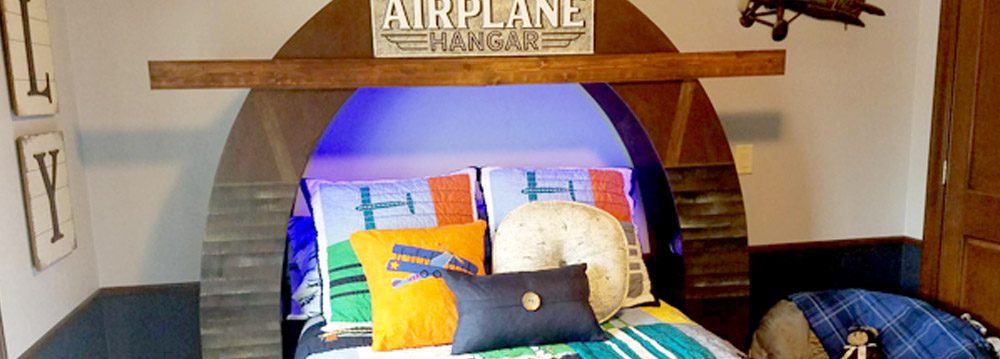Health is not merely the absence of disease or infirmity. Health includes physical health, emotional health, the ability to manage stress and more. The word healing comes from the Anglo-Saxon word haelen, which means to make whole. Healing is not the same as curing, which is more about fixing problems, eradicating disease, and decreasing symptoms. Children can be healed even if they are not cured.
In recent years, the effects of the physical environment on the healing process and well-being have proved to be increasingly relevant for patients and their families. In the 1990s, design solutions in healthcare, based on published research, were defined as “evidence-based design” (EBD). Evidence-based design has become the theoretical concept for what are called healing environments. Based on the definitions of academic researchers, a healing environment can be defined as a place where the interaction between patient and staff produces positive health outcomes within the physical environment.
There are several simple guidelines to follow in creating a healing environment. One of them is to look for ways to reduce stress in the environment. This is based on research from the field of psychoneuroimmunology that shows how physical and emotional stress negatively impacts our bodies in multiple ways. Stress is a major contributor to inflammation and infections, which children with life threatening conditions are most susceptible to. The impact of stress is systemic because our brain and our nervous, endocrine, and immune systems are constantly interacting. An impact on one system reverberates throughout the others.
So what happens when a sick child goes home? What then?
Over 27,000 children in the U.S. are diagnosed with some form of life-threatening condition each year. When recovering from illness, the average child would rather be with their family and friends in a home care setting than in a highly sophisticated technological environment.
Children have the most control of their environment at home. But, when a child comes home from treatment, it doesn’t mean he or she jumps back into their normal activity of school, sports and other normal social activities. It is more likely that they will spend a good number of hours each day in their bedroom—if not the majority—regaining their strength. Children with life-threatening conditions want to be home, even if they encounter limitations; the needs and preferences of the other people in the home itself and the time of care taking. Not to mention the cost of making changes, and/or the availability of a room in the layout of the house itself.
This is where Special Spaces comes in. The data for EBD is strong and changing the way medical facilities are designed, making incredible changes to the way patients are treated while, well, they are patients. Our goal is to take it to the next step and bring them back to a place at home that they can call their special place. Our mission is to focus on the one thing that can be changed—a child’s physical environment—their bedroom. The place they go to when they come home from the hospital where they can rest and find peace and continue to heal. A physical environment they helped create by sharing their imagination for their perfect space. A place they can call, “my dream bedroom.”
What goes into creating a dream bedroom? And why?
An optimal healing environment is comprised of five specific areas: emotional, behavioral, physical, spiritual and environmental. Special Spaces room makeovers attempt to address those areas when creating that special space through the use of imagination, color and organization.
Our children’s imagination makes them are our lead designers!
Imagination is a powerful tool for healing. When a child uses their imagination, it allows them to shift their attention from their illness and daily treatment needs and use all of their senses. They can see the world through a different lens—one with different solutions and creativity. And, imagination helps to silence negative self talk or scary questions that are common.
Some children dream of being a super hero; others of being a fairy princess. From wizards, chic cowgirls, firemen, surfers, fashion designers and race car drivers to Beetles, Star Wars, Lion King, and Frozen theme bedrooms. You name it and I child’s imagination can guide us and help bring it to life.
Color is the elixir of life!
It is one of the languages of the soul and influences our mood and emotions. Color has an impact on our sense of well-being or un-easiness. There is research to support the effectiveness of color in improving health and the practice of Chromotherapy goes back through the ages. In a therapeutic aspect, it is used to balance an individual where energy is lacking, whether it is an emotional, spiritual, physical, or mental problem. In a more scientific aspect, color therapy is used to stimulate the body’s healing process and treat many diseases.
While not all colors have the same meanings and impact to all people across all cultures, there are some overall common experiences with the electromagnetic wavelengths of color. The intention of both the healer and the recipient also have an influence; receptiveness is key to the effectiveness of any modality, traditional or alternative.
When a child has been nominated for a room makeover Special Spaces becomes the “healer” to some degree. One of the questions we ask each child is, “What is your favorite color?” We learn a lot about a child from the answer to this one question. Even if they don’t make the connection consciously, children know what colors make them happy or which color gives them a sense of well-being. Incorporating their happy color into their room allows us to provide the child with a sense of control over their environment, helping to reduce stress and ultimately contributing to their well-being.
Spring is in the air!
In some ways, a room makeover is like a spring-cleaning exercise—a de-cluttering. Just sitting in a cluttered room can create stress, as the clutter provides a great deal of information for the mind to process. Traditional Chinese Medicine (TCM) provides us with a comprehensive lens through which we can view the intricate relationships between our health and our environments. This ancient approach to life offers practical everyday guidelines to promote optimal health. A cornerstone of TCM wisdom speaks to the importance of cleaning and organizing your environment for greater health and happiness.
Children may frequently lose their homework, but they know their stuff—their special things. And having those things nearby when they get home from an extended time in the hospital is important. But, over time, being surrounded by clutter can cause mental and physical fatigue, and cause stress and anxiety. Constant, low-grade stress can subtly and steadily drain a child’s energy, rather than providing a refuge for rest. In addition, the clutter that populates a physical environment can encourage an abundance of mold growth, bacteria, and other toxins. These pathogens can cause inflammation, respiratory conditions, and toxin buildup.
When doing a room makeover, we create an organized system for storing and displaying those things the child hold dear. And for school age children, a designated place to study is also a key element to a room makeover, providing a way for he or she to separate recreation and rest from required educational activities, further adding to a sense of day-to-day normalcy.
The bottom line
Many factors contribute to healing. It is not one thing. After almost 14 years of creating dream room makeovers for children with life-threatening conditions, Special Spaces has come to appreciate the many of these factors that go into the healing process. Most importantly, we understand that for a child this brings a mountain of challenges—which in their young years, most are not equipped—let alone have any choice in facing. Yet they do and they continually amaze us with their courage and tenacity. They keep us focused on our mission—to create dream room makeovers for children with life-threatening conditions. A place where they can heal, recover and find peace.

